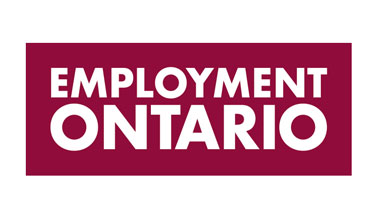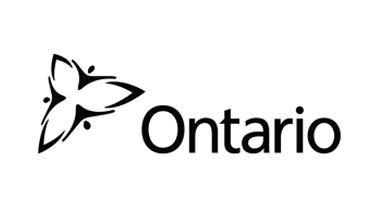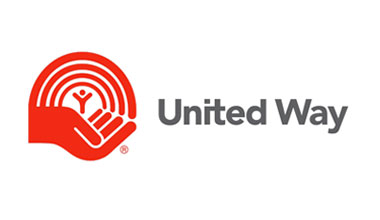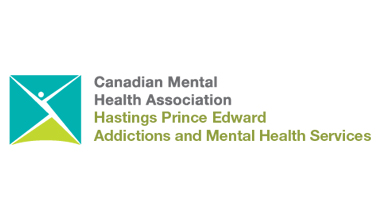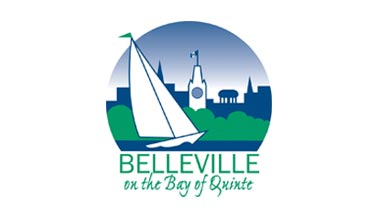TAY – Program Overview
TAY Program
Funded by the Canadian Mental Health Association Hastings Prince Edward Addictions and Mental Health Services (CMHA HPE), Youthab is implementing the TAY program through a Transitional Connector to assist youth aged 16 to 24, who have mental health and/or addiction issues. Whether youth require services and do not know where to go or are transitioning from one agency to another to continue service, the Transitional Connector prepares, supports and empowers youth by connecting them to appropriate ongoing services.
The TAY Connector engages and supports youth to enhance their coping and life skills, preparing and empowering them to take their next step toward independence.



